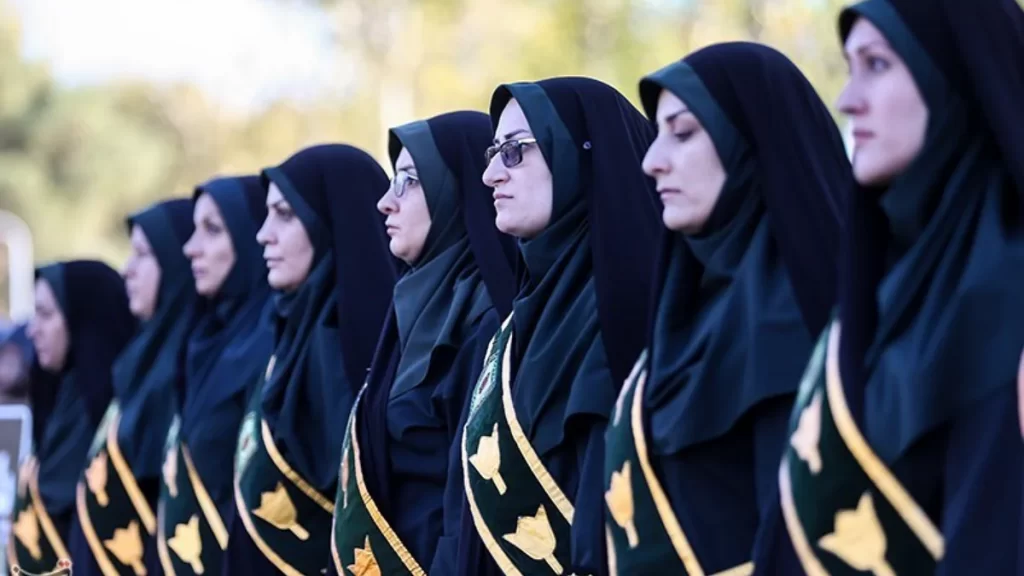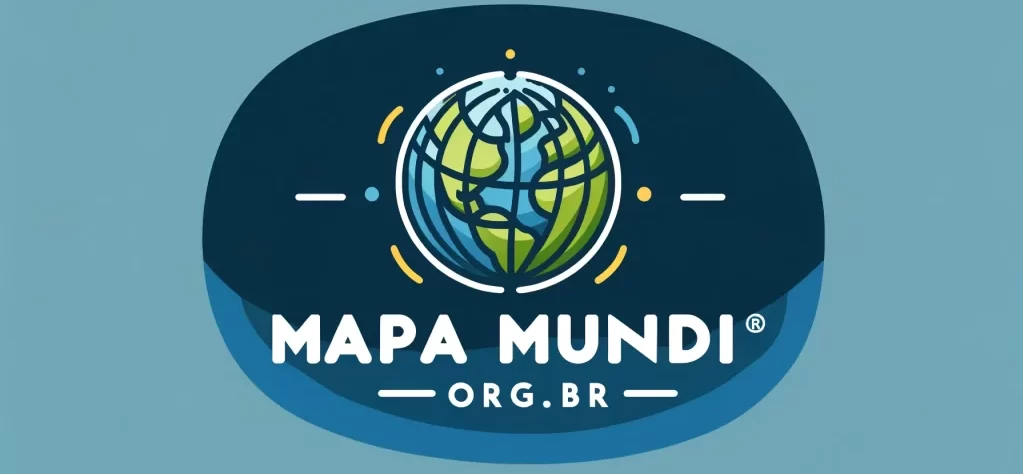
“Photograph 24: 30 – Tell believers to keep their gazes low and keep their modesty, because it is more beneficial for them: Allah is well aware of everything they do;
24:31 – Tell the faithful to reserve their gazes, keep your modesty and don't show your attractions, in addition to those (usually) appear; that they cover their laps with their veils and do not show their attractiveness, except your husbands, your parents, your in-laws, your children, your stepchildren, your brothers, your nephews, to the women his servants, their servants exempt from sexual needs, or children who do not discern the nudity of women; don't shake your feet, lest they call attention to their hidden attractions. O faithful, come back all, repentant, bye, so that you may be saved!”
Quran
The demonstrations that spread across Iran over the death in Tehran of a young Kurdish, Thank you Amina, victim of violence by the Iranian Revolutionary Guard for not wearing the “hijab” that the Quran preaches for women, raises questions of both religious and political character. According to police report, Mahsa reportedly died of a heart condition, but the UN High Commissioner for Human Rights warned of signs of police violence.
After confirmation of death, First protests began in Iranian Kurdistan, where the young woman lived. Quickly, demonstrations have spread to major cities in Iran. The crowd began to shout slogans against the regime. In Tehran and dozens of other cities, protesters called for the end of the Islamic Republic, with screams of “we don't want an islamic republic” e “death to the supreme leader”. To contain the violent demonstrations and commotion that took over the country, authorities blocked access to Instagram and WhatsApp apps. According to the Iranian news agency Fars, the measure was adopted to contain “the counterrevolutionary actions” performed through these applications.
Let's go to the points that I consider most relevant:
The veil issue encompasses the concept of “modesty” in the Quran that, according to surata (chapter) 7 – AL ARAF – THE SUMMITS, verse 26, preach — “O children of Adam, we send you clothes, so much to hide your shame, as for your apparatus; however, modesty is preferable! This is one of the signs of Allah, for them to meditate”. This commandment applies to both men and women.. In the case of these, the commandment is also for them to “cover their laps”. Now, at no time does the Koran oblige them to wear a “burka”, or even the "niqab", which is the garment that covers the whole body, only showing the face. This deviation from the sacred text reveals the distinction between the letter and the practice., that is, between the “religious” Quran and the “cultural” Quran. What the book says is not necessarily observed by society…
But, Was it always like this in Iran?? If we look at the photos during the previous regime, do Shah Reza Pahlevi, who reigned from 1941 until his deposition in February 1979, we will see no difference between Iranian and western clothing. In addition, this radicalization taking over Iran, and most Muslim countries, not found in all countries of the same faith; for example, in Kazakhstan, where I served in 2013, women are not only exempted by society from covering their heads in public, they also wear the same “shorts” as any young westerner..
The obvious conclusion, For many, is the oppression that patriarchy exerts on women… In this context, wonder if the system will resist globalization, inclusive cultural, which crosses the planet? There will be a clash between the age groups, or values that threaten the conservative “status quo” of the majority, as these manifestations allow to understand? Or is it not the women themselves who take the initiative to wear the “hijab” as a demonstration of faith, and not as an imposition of patriarchy? I talked to many of them and came to the conclusion that the veil was for many, before, a personal choice that obedience to the rigors of society…
The other topic is the political. Especially since the Islamic Revolution, of 1979, Iranian Shias have been clashing with the Sunni majority in neighboring countries (except for Iraq). In this scenario, one of the most sensitive points for Tehran is the secessionist ambition of the Kurdish ethnic minority, mostly Sunni, who inhabits the northwest province of Kurdistan. It is also worth remembering the previous reluctance of its member states to take decisive action to secure the interests of the West and protect lives in the war in Syria., Kurds yearn for a homeland of their own – Greater Kurdistan – that would also occupy territories in Syria, Turkey and Iraq. This confrontation took, by the way, the Ayatollah Khomeini to qualify in a speech in December 1979 the concept of “ethnic minorities contrary to Islamic doctrines”. His views were shared by much of the Shia clerical leadership.. at the beginning of 1979, armed conflicts erupted between armed Kurdish factions and the security forces of the Iranian revolutionary government, how do you remember.
Kurds have suffered a long history of discrimination in Iran. In a report released in 2008, “Amnesty International” has already pointed out that they have been a specific target of the Islamic Republic of Iran: their “social rights, political and cultural have been repressed, as well as their economic aspirations. As a result, Many human rights activists in Iran have been warning of the Iranian authorities' violations of human rights against the Kurdish minority..
Now, Mahsa was Kurdish…
In this context, some wonder if there will be a “contamination” of the two themes, intensifying the struggle of the people of Kurdistan to have their own homeland. This topic has not yet surfaced., but for many it could be the next step in the saga of Iranian women.
